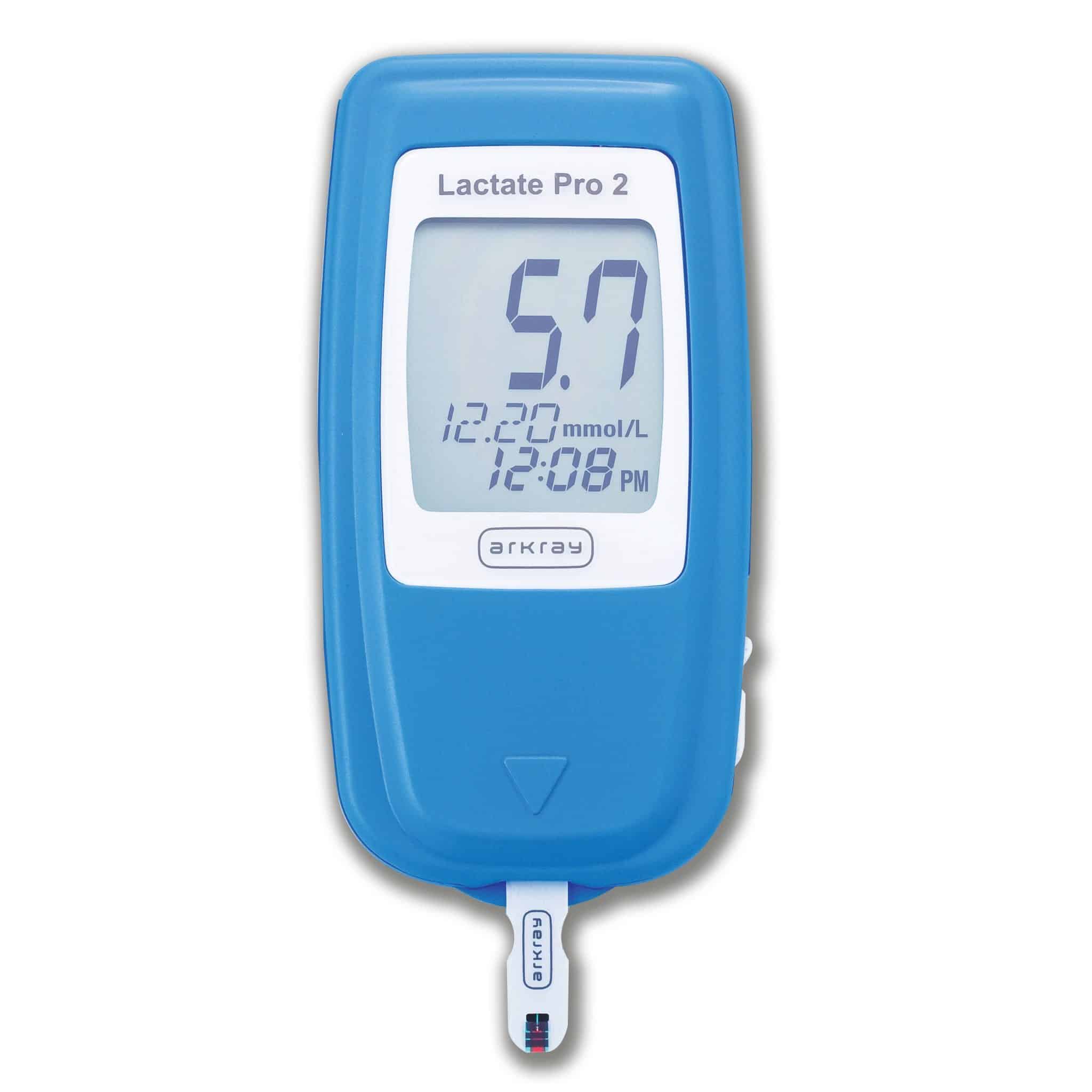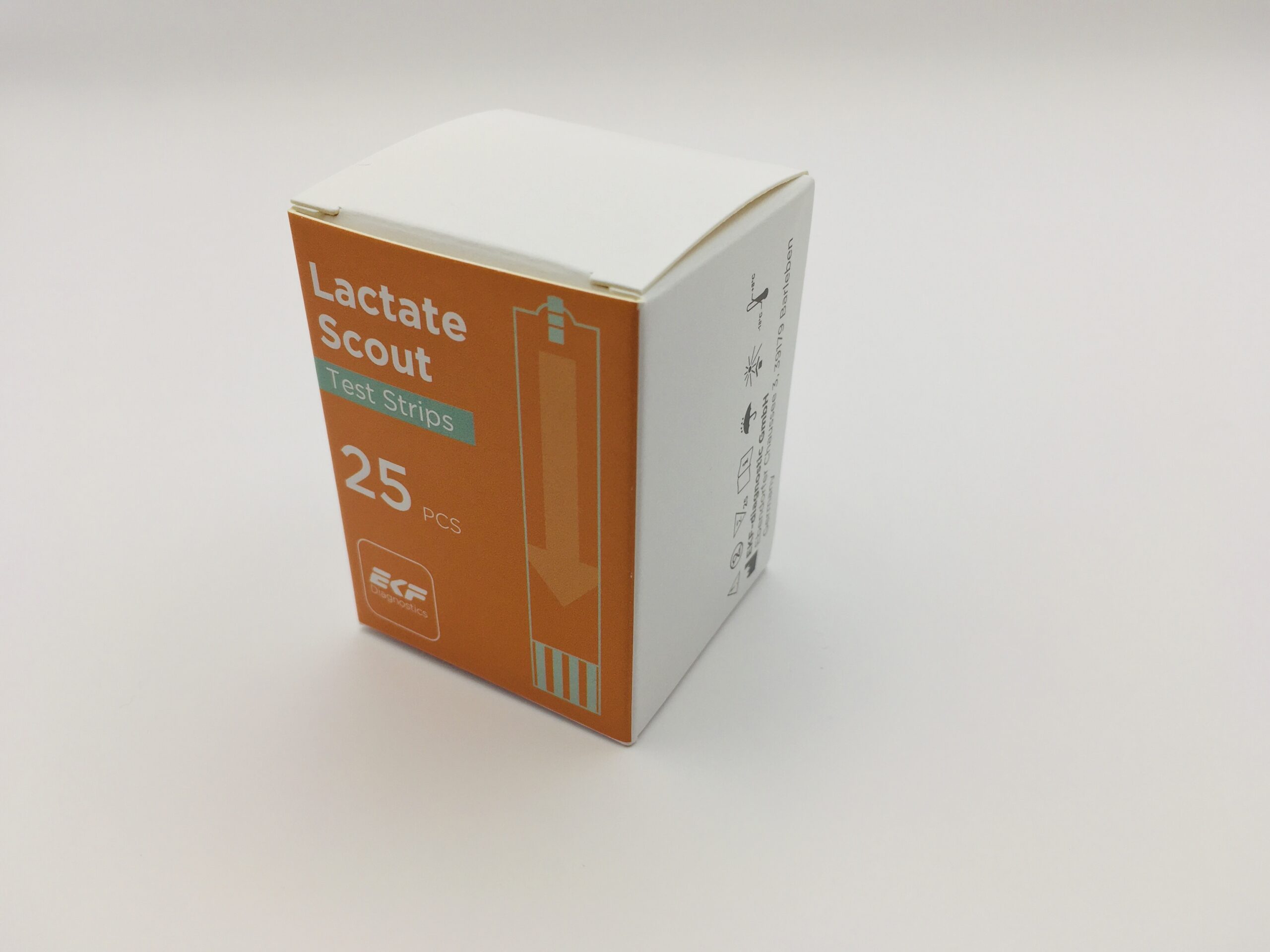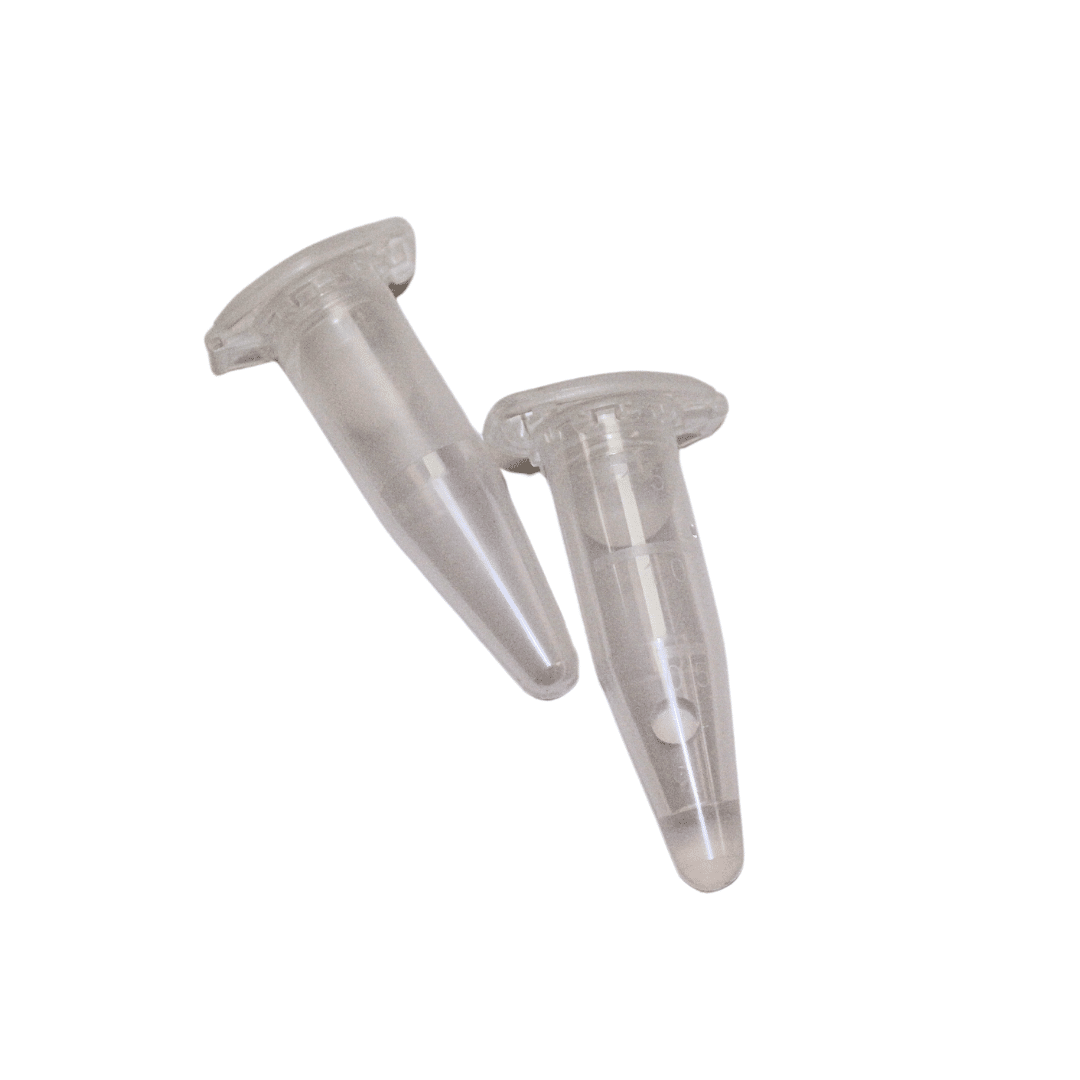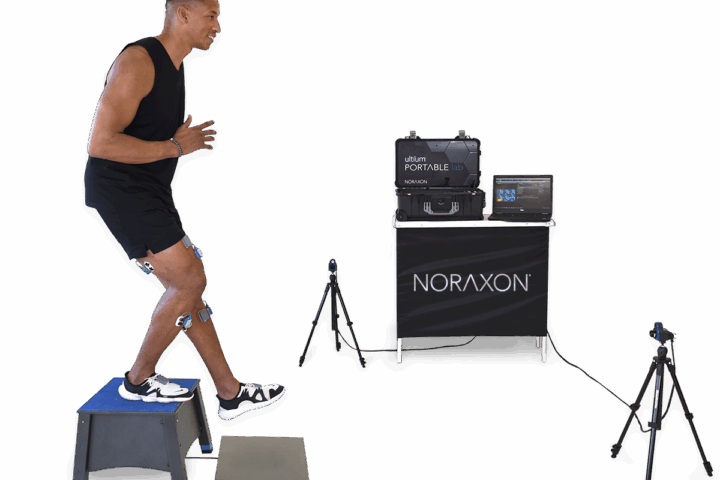For athletes striving to reach peak performance levels, understanding their body’s responses to physical exertion is crucial. Lactate threshold testing is one such valuable tool that has gained prominence in the world of sports and fitness. This testing method offers athletes and their coaches insights into their aerobic and anaerobic capacities, enabling them to tailor training programs for better results. In this blog, we will explore what lactate testing is, how it works, its significance in athletic performance, and how it can benefit athletes.
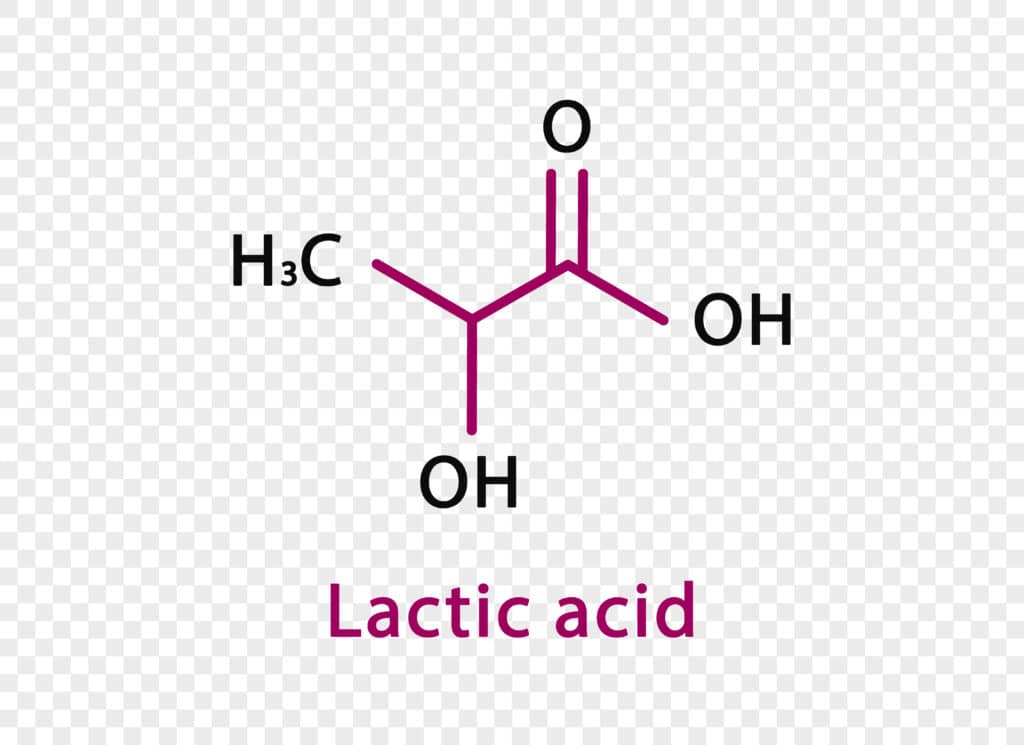
What is Lactate Testing?
Lactate testing, also known as lactate threshold testing or lactate profiling, is a physiological assessment that measures the concentration of lactate in the blood during exercise. Lactate is a byproduct of anaerobic metabolism, which occurs when the body’s demand for energy surpasses the rate at which oxygen can be delivered to muscles. As a result, the body resorts to breaking down glucose for energy, producing lactate as a waste product.
When someone builds up too much blood lactate, it can lead to a condition called lactic acidosis. Lactic acidosis occurs when there is an imbalance between the production and clearance of lactic acid (lactate) in the body. While lactate is a normal byproduct of energy metabolism, excessive accumulation can have various adverse effects on the body. This includes muscle fatigue, decreased performance, vomiting and nausea, and in severe cases, organ dysfunction and metabolic acidosis.
How Does Lactate Testing Work?
Lactate testing involves athletes performing incremental exercises, typically on a treadmill or stationary bike, and their blood lactate levels are periodically measured. The test typically consists of several stages, each with increasing intensity. Blood samples are taken from the fingertip or earlobe to measure lactate concentration. These measurements are then plotted on a graph to identify lactate thresholds, which are key markers of an athlete’s fitness and performance capabilities.
Lactate testing doesn’t just occur in athletes either. An article from the Society for Academic Emergency Medicine discusses Hyperlactatemia Affects the Association of Hyperglycemia with Mortality in Nondiabetic Adults With Sepsis.
Lactate Thresholds
- Aerobic Threshold (LT1): This is the point at which blood lactate levels begin to rise above baseline levels. It represents the intensity at which an athlete can exercise aerobically without accumulating excessive lactate. Training just below this threshold is essential for building endurance.
- Anaerobic Threshold (LT2): Also known as the lactate threshold, this is the point at which lactate accumulation significantly increases. It marks the shift from aerobic to anaerobic metabolism. Training at or just above this threshold improves an athlete’s ability to sustain high-intensity efforts for longer durations.

Significance in Athletic Performance
Lactate testing has been the subject of numerous studies in the field of sports science and exercise physiology. These studies have provided valuable insights into the benefits and applications of lactate testing for athletes. This guide to Blood Lactate measurement and analysis for clinicians from the US National Library of Medicine breaks down why lactate measuring is some important.
Lactate testing provides athletes with several key benefits:
- Customized Training Plans: By identifying their lactate thresholds, athletes can tailor their training intensity zones. This allows them to focus on the specific energy systems and adaptations required for their sport.
- Performance Improvement: Athletes can use lactate testing to track their progress over time and make adjustments to their training regimen. By raising their lactate thresholds, they can perform at higher intensities without fatiguing as quickly.
- Race Strategy: Lactate testing helps athletes determine the optimal pace for races and competitions, ensuring they don’t start too fast and accumulate lactate too quickly. This can lead to premature fatigue.
- Injury Prevention: Training within appropriate intensity zones can reduce the risk of over-training and injury.
Lactate testing is a valuable tool in the arsenal of athletes and their coaches. It provides insights into an athlete’s physiological responses to exercise. Therefore, enabling the development of highly customized training plans that optimize performance gains. By understanding their lactate thresholds, athletes can fine-tune their training, improve endurance, and enhance their chances of success in their chosen sports. Whether you’re an elite athlete or a fitness enthusiast, lactate testing can help you reach your peak performance potential.
Other applications for lactate testing
Lactate testing, typically conducted through blood lactate analysis, finds applications beyond the realm of athletic performance assessment. In medical contexts, it helps diagnose various conditions, including lactic acidosis, which can result from metabolic disorders or sepsis.
Lactate measurements are also crucial during surgery, as they serve as indicators of tissue oxygenation and can guide clinicians in making real-time decisions to optimize patient care. Additionally, lactate testing plays a role in monitoring the metabolic status of critically ill patients, aiding in the management of conditions such as septic shock and organ failure. Furthermore, it has been explored for assessing exercise tolerance and fatigue in individuals with chronic diseases, contributing to better patient care and rehabilitation strategies.
Shop Lactate Testing
-
Lactate Pro 2 Test Strips
£52.20 (Ex VAT £43.50) -
Product on sale
Arkray Lactate Pro 2 Sports Blood Lactate Meter (Meter Only)
Original price was: £384.00.£358.80Current price is: £358.80. (Ex VAT £299.00) -
EKF Diagnostics Lactate Scout Sport Test Strips
£68.12 (Ex VAT £56.77) -
EKF Diagnostics Biosen Glucose/Lactate Haemolysing Solution
Price range: £68.50 through £280.89 -
EKF Diagnostics Biosen Chip Sensor Lactate Type II
£120.72 (Ex VAT £100.60)



